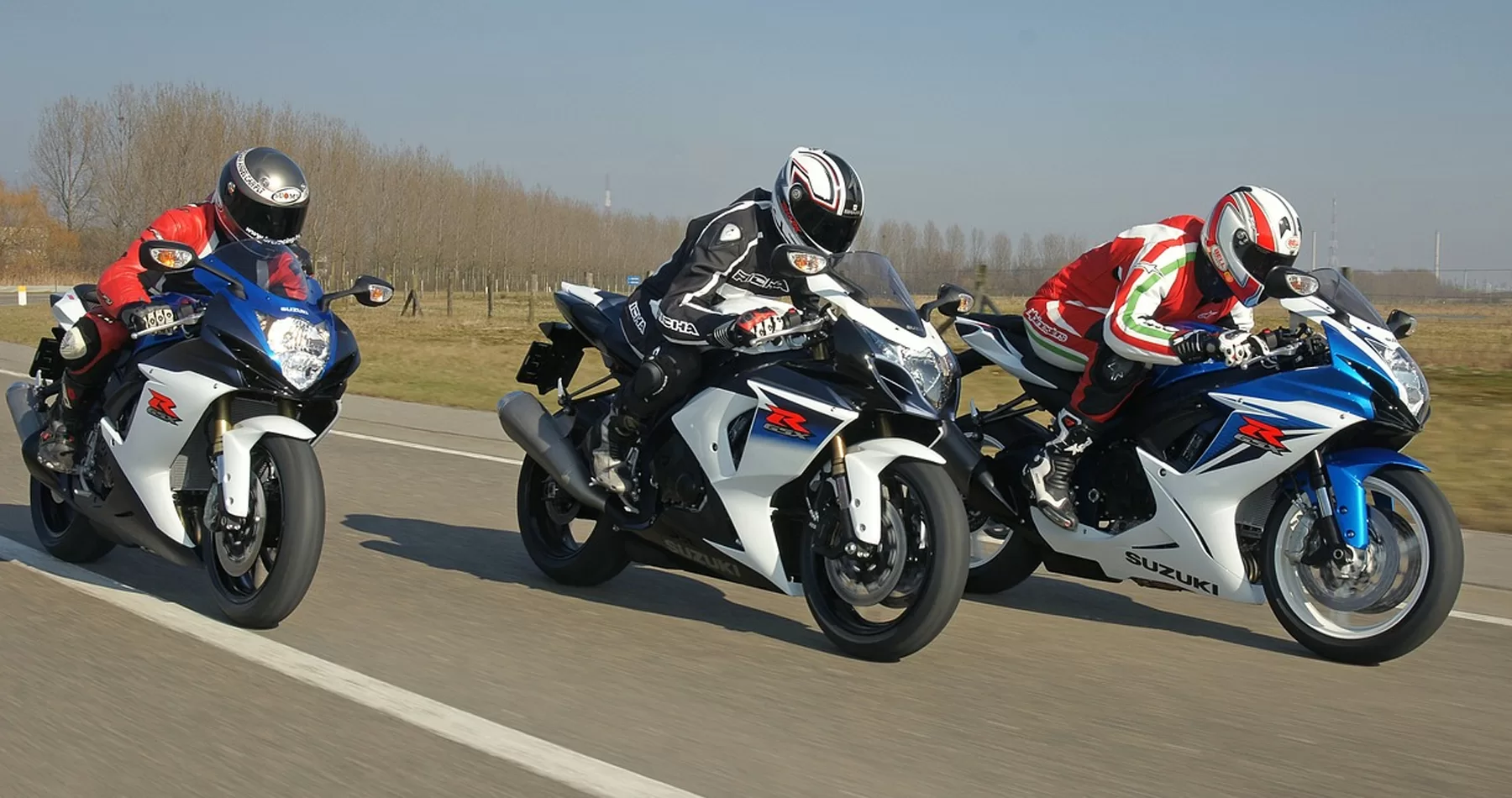Motorcycles, which are frequently associated with freedom and adventure, come in a variety of shapes and sizes. How fast a motorcycle can go is a common question among riders and enthusiasts. In this article, we’ll look at motorcycle speed limits and the factors that influence their top speeds.
How fast can a motorbike go?
Engine Size Matters
A motorcycle’s engine size or displacement is a significant determinant of its speed. Larger engines typically produce more power, allowing the bike to reach higher speeds. Sportbikes, with their high-performance engines, are known for their incredible speed, frequently exceeding 160 mph (257 km/h).
Aerodynamics and Body Style
The design and aerodynamics of a motorcycle play a crucial role in determining its top speed. Sportbikes, with their sleek and streamlined profiles, can cut through the air more efficiently than cruisers or touring bikes. This aerodynamic advantage allows them to reach higher speeds.
Weight and Power-to-Weight Ratio
The weight of the motorcycle relative to its power output, known as the power-to-weight ratio, is another key factor. Lighter bikes with ample horsepower can accelerate quickly and reach higher speeds. On the other hand, heavy touring motorcycles, while comfortable for long rides, may not achieve the same top speeds due to their weight.
Engine Tuning and Modifications
Motorcycle enthusiasts frequently seek to improve the performance of their bikes through engine tuning and modifications. These modifications can have a significant impact on a motorcycle’s top speed. However, it is critical to note that such modifications should be done with caution and within legal boundaries, as safety is of the utmost importance.
Road and Environmental Conditions
The speed of a motorcycle is also affected by the road’s surface and conditions. When compared to rough or winding roads, smooth, well-maintained highways allow for faster speeds. Weather conditions, such as strong winds, can also help or hinder a motorcycle’s speed.
Legal and Safety Considerations
While motorcycles can reach impressive speeds, it is critical to emphasize the importance of adhering to speed limits and safety regulations. Excessive speed can cause accidents and jeopardize the rider’s and others’ safety on the road.
Manufacturer Limitations
Motorcycle manufacturers frequently impose speed limits on their products to ensure rider safety. These limits are typically much higher than legal speed limits and provide a safety margin. Extending these limits, on the other hand, is risky and may void warranties.
Conclusion
A motorcycle’s top speed varies greatly depending on factors such as engine size, aerodynamics, weight, and road conditions. While some sportbikes can exceed 160 mph (257 km/h), many other motorcycles have lower top speeds, which are frequently limited by design and safety considerations.
Finally, the thrill of riding a motorcycle comes from the sense of freedom and connection with the open road. Regardless of a motorcycle’s top speed, riders must prioritize safety, obey speed limits, and enjoy the ride responsibly.
